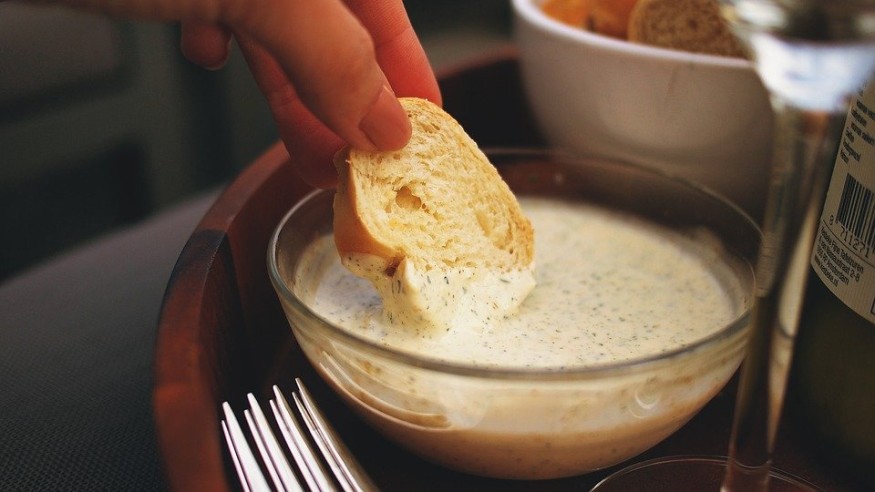
One of the most eaten condiments in the world is mayonnaise. Mayo is a white condiment that is usually served chilled and used as a sandwich spread or a dressing base for salads. Although mayo is mostly associated with healthy foods, many still wonder if the famous condiment is gluten-free.
In this article, we will do some fact checks about mayo and how safe it is to eat for people who are following a gluten-free diet.
What makes up mayo?
Mayonnaise is made up of three ingredients: oil, acid (either lemon juice or vinegar), and egg yolks or whole eggs. These three ingredients are blended all together, and it makes up mayonnaise. Others add more spices to their mayo blends, such as white pepper, sea salt, sugar, Dijon mustard, celery seed, or mustard seed. Sometimes, other mayonnaises are also different because of the oil that the maker uses. Some mayo companies use neutral-flavored oil, including safflower, avocado, canola, or grapeseed. While others use strong-flavored ones, but these types of oils are not suitable for mayonnaises because it overwhelms the flavor.
Is mayo gluten-free?
We all know that gluten is the type of protein mostly found in grains such as rye and barley. Other kinds of wheat are processed into cereals, baked goods, bread, and pasta. Sometimes, it is also mixed in with soups, salad dressings, and sauces.
When a person has celiac disease, they are recommended to take a strict gluten-free diet. This diet states that people have to avoid eating rye, barley, and wheat. For celiac diseased people, the gluten in these foods will make them feel bloated, constipated, or worse, which will give them diarrhea and other stomach and digestive pains. It will also trigger a loss of appetite, which is not good for their health.
Since mayo is made of eggs, oil, and acids, it does not make it glutenous. Therefore, people who follow a gluten-free diet can eat mayo, and it can be safe for their health. However, there could be some additional ingredients that will contain gluten. Sometimes, the oil or acid that the mayo manufacturer derived the mayo from contained gluten. Thus, it could be possible that the cross-contamination of gluten will still be included in some mayo.
However, you can surely know if the mayo you are buying or using is gluten-free. When you go to the grocery store, make sure to check the mayo's label if they contain gluten ingredients. A piece of advice from the Food and Drug Administration (FDA), foods that have labels like gluten-free, free of gluten, no gluten, or without gluten, has about less 20 ppm of gluten. Therefore, if the mayo you are buying has this label, it is safe for gluten diet followers to eat it.
There are also times that mayo manufacturers don't put this sort of label on their mayo even when it does not contain gluten ingredients. Therefore, it is much easier to check the label and read the ingredients one by one. When you are in a restaurant, and the food you ordered has mayo, you can ask the waiter or the manager if the mayo they used is gluten-free.
ALSO READ:
© copyright 2024 Food World News, a property of HNGN Inc. All rights reserved. Use of this website constitutes acceptance of our terms and conditions of use and privacy policy.



